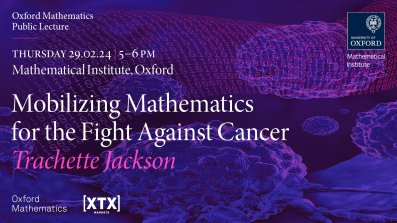17:00
The Conceptualization of Mathematics in Pharaonic Egypt
A joint History of Mathematics/Egyptology and Ancient Near Eastern Studies Seminar
Abstract
Ancient Egypt is credited (along with Mesopotamia) for providing the oldest extant mathematical texts. Since the 19th century, when the first edition of the Rhind mathematical papyrus was published, it has held an important role in the historiography of mathematics. One of the earliest researchers in the field of ancient Egyptian sciences was Otto Neugebauer who has been a major influence on the early development of the field. While research in Egyptian mathematics initially focused on those aspects that could be linked to its possible successors in modern mathematics, research has also revealed various characteristics that could not easily be transferred into a modern equivalent. In addition, research on other sciences, like medicine and astronomy, has yielded further evidence that a limitation on those aspects that have successors in modern sciences will at best give an incomplete picture of ancient scholarship. This will be explored in a new long-term project, which is briefly sketched. In the context of this project, Egyptian mathematics is also studied. The talk will present an example from the terminology used in Egyptian mathematical texts to describe this area of knowledge and explore its epistemological consequences for our studies of ancient Egyptian mathematics and aim to situate it in its ancient context.


